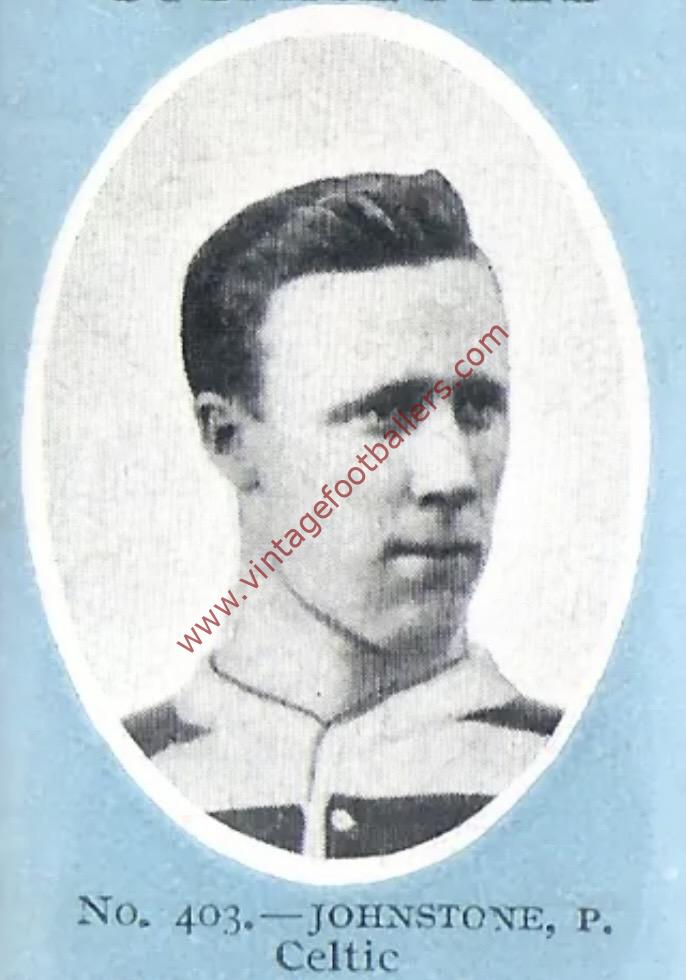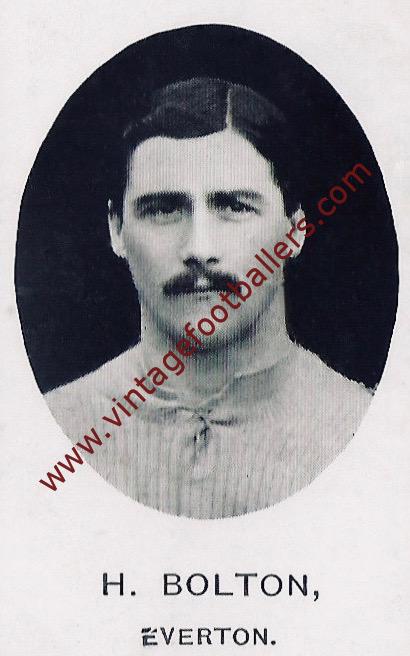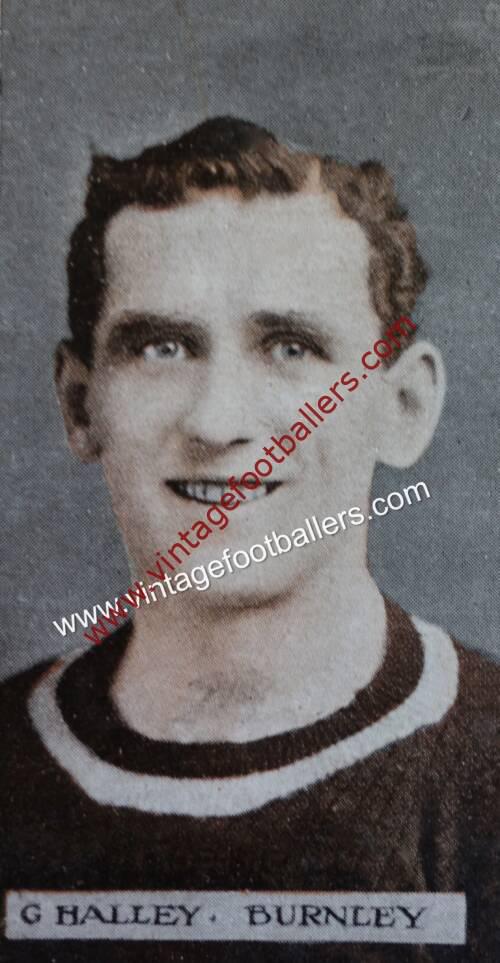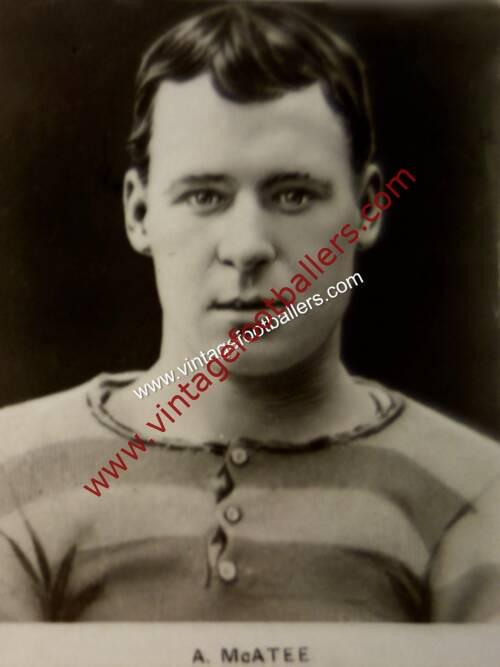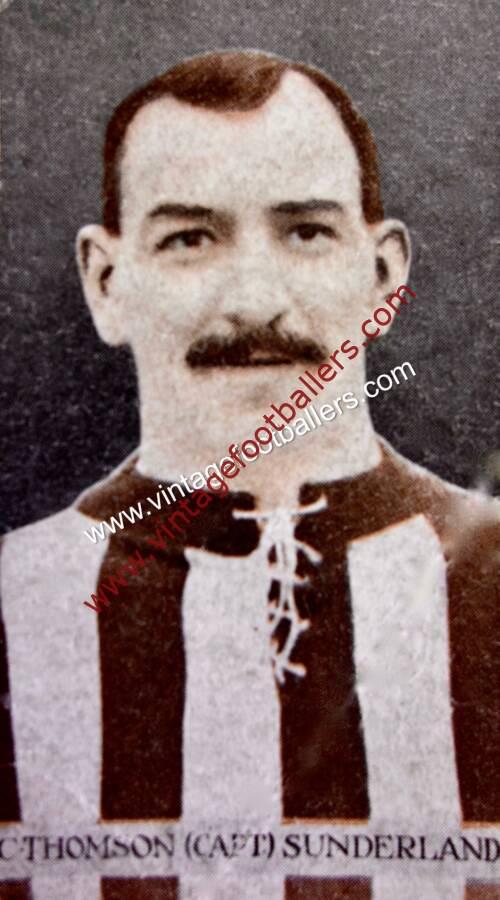Description
Cowdenbeath, Fife born winger or left or centre half Peter Johnstone began his football career with Kelty Rangers and signed for Glasgow Celtic s in January 1908 from Glengraig Celtic and for the best part of the next decade the Fifer was to be an invaluable asset to the Parkhead side before the horrors of war claimed his life. The tall and fair-haired Johnstone was a pre-war Celtic favourite who played for Celtic 233 times, scoring 19 goals, and was one of the players who helped Celtic on the road to win 6 Scottish League titles in a row under manager Willie Maley.
Blessed with the talent and intelligence to adapt to almost any position Peter Johnstone turned out at inside left, left half and centre half. It was in the latter position that Peter Johnstone truly excelled, although as a left-half he was more than capable of contributing with regular goals. He was also a great supplier of goals for fellow minder Jimmy Quinn.
He was idolised by the Celtic support, and it was said of him:
“Celtic fans idolise Peter Johnstone… a lion’s courage… has played in almost every position… never let the side down“.
He made his Scottish League debut against St Mirren in April 1909, and won a Glasgow Cup medal in 1910, and helped push the side to win a Scottish Cup in 1911-12 in a 2-0 win over Clyde at Ibrox. He was converted from the front line to the centre-half role, following in the footsteps of Willie Loney and provided the Bhoys was sterling and solid service at the very heart of a robust and resilient Celtic defence.Taking over this centre-half position for season 1913-14, the club won its third league/cup double. Johnstone took over this role with relish, and in the defensive unit of Young/Johnstone/McMaster they give little away (only 14 league goals lost all season). Johnstone actuallly humoured about the change to centre-half saying: “The softest job I’ve had all season“.
Peter Johnstone was part of the infamous side who contested for the ‘missing‘ Ferencvaros Cup in Budapest against Burnley in 1914. The game ended in a draw and it was reluctantly agreed that a return would be played in Burnley. Celtic won and the trophy never materialised. Apparently he had a sharp temper, and had to be restrained from taking on Burnley’s yappy Ulsterman Jimmy Lindley. As a measure of his value, he was awarded a cap for the Scottish League XI in a 2-1 win over the Irish League select played in Belfast on 18th November 1914, as well as representing the Glasgow F,A, on two occasions. The war years put a halt to ambitions, but he still played for Celtic (although apparently a little more filled out) and continued being a courageous performer he helped the title winning Hoops of 1915 and 1916.
On 11 March 1916 Peter Johnstone signed up to join the troops on the frontline and in May that year was called up by the 14th Battalion of the Argyll and Sutherland Highlanders. Football was in the blood, and he travelled overnight by train from the South of England to play for Celtic to knock out Rangers from the Glasgow Cup in Sep 1916. He would play his last game for Celtic on October 7th 1916 earning himself another winners medal as the Bhoys defeated Clyde 3-2 in the Glasgow Cup Final.
He later transferred to the 6th Battalion to get to the front line faster in France, but just seven months later – on around May 12th-16th 1917 – Private 285250 Peter Johnstone would be killed in action. Peter Johnstone had been transferred to the Seaforth Highlanders who happened to be at the Front, he didn’t ask to go to the Front. He was one of thousands of young men to fall at the Battle of Arras, northern France. His body was laid in an unmarked grave. A dedication to his memory is inscribed on Bay 8 of the Arras Memorial in the Fauborg d’Amiens Cemetery

